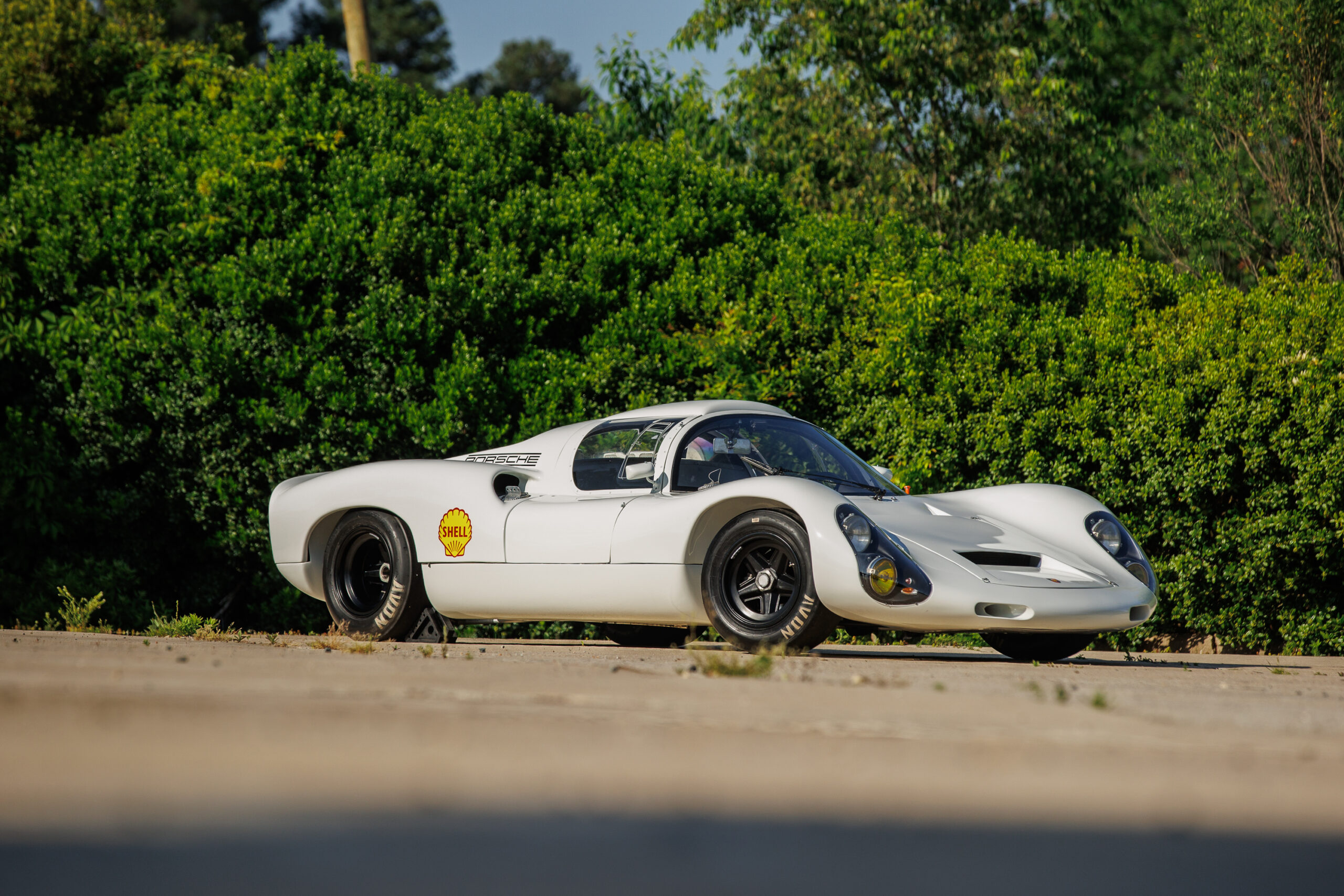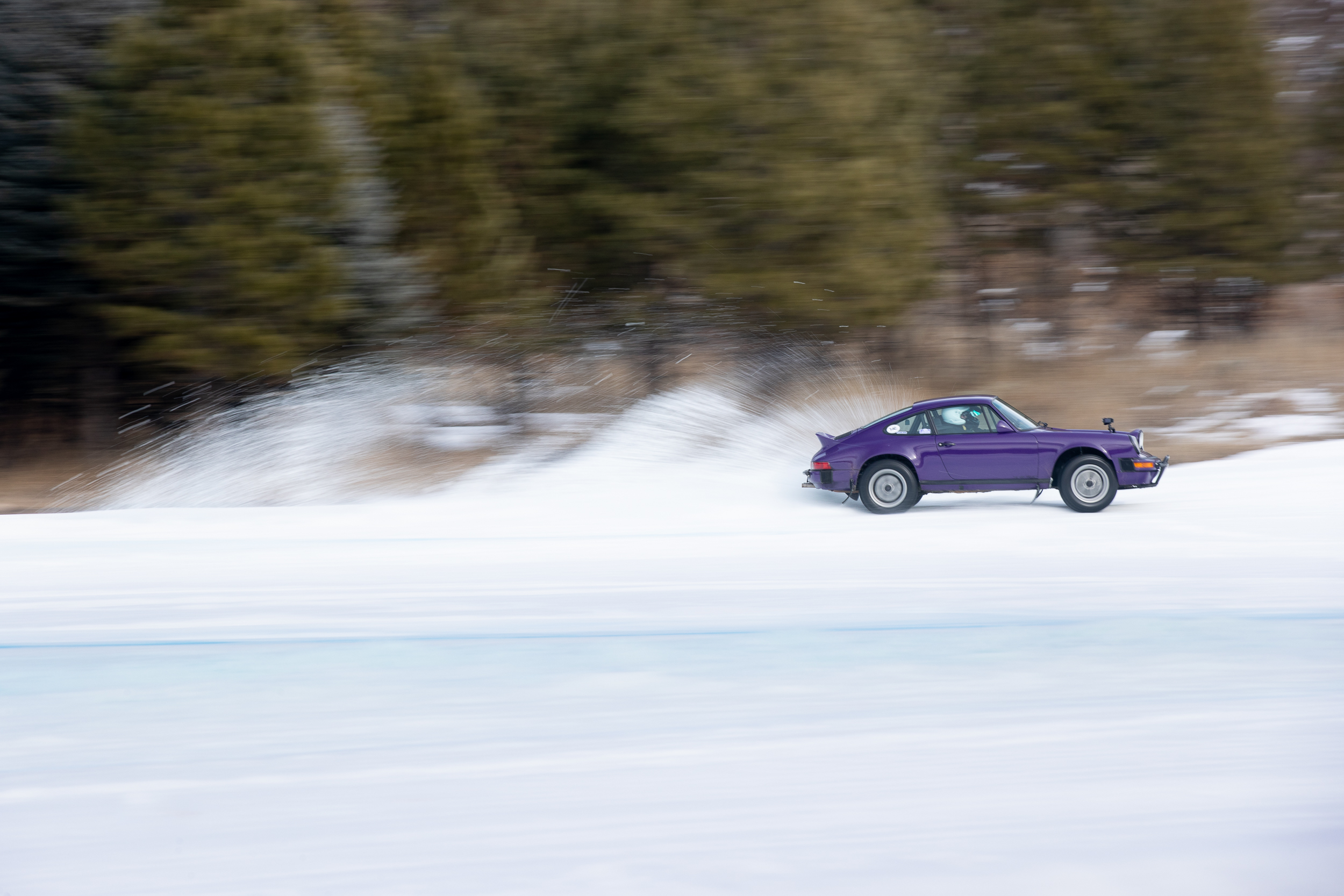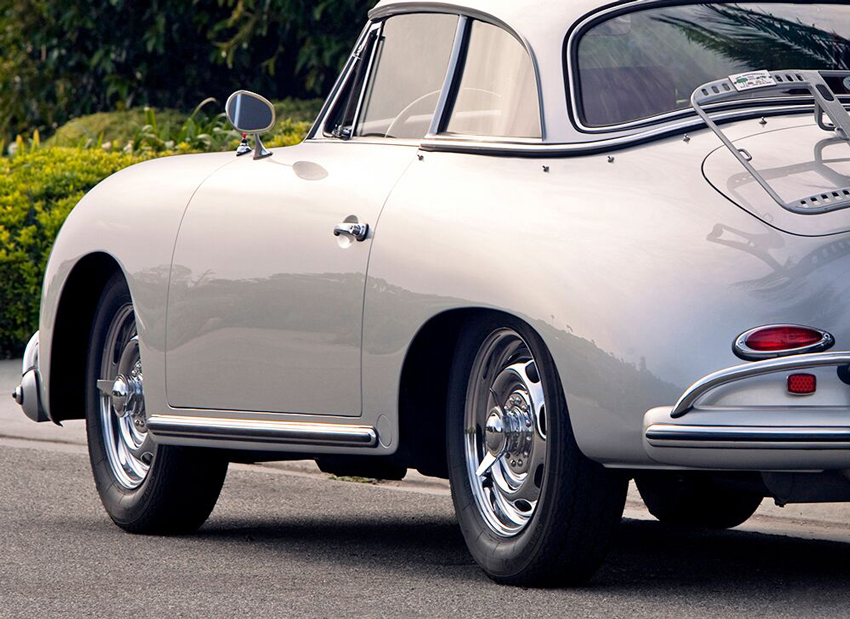
Value seems to be a common topic of conversation these days when discussing older sports cars and their parts. But knowing the price of something without understanding its true worth and rarity can lessen one’s enjoyment of classic car ownership.
Take the example of early production Porsche road wheels. Some were built in very low numbers (like Porsche’s race wheels) and have been difficult to obtain from the time they were first manufactured. Others have developed a following and are considered very desirable for certain restorations.
As more and more older Porsches are being re-built, the supply and demand for many of these rims has become something of an ever-tightening circle.
But as Porsche wheel expert Harvey Weidman says, “The rarest wheels and the most valuable wheels aren’t necessarily the same thing.” Here is what a panel of experts have to say about what they deemed to be the ten most desirable classic Porsche wheels on the road today – in chronological order.
1. Early 356 Wheels
The very earliest 356 models, including the 1948/1949 Gmünd cars built in Austria, were fitted with 16×3-inch all-steel wheels. These 5-bolt VW-based rims were a disc type without ventilated cooling slots. The earliest Porsche parts book (1950-1953), also lists a 16×3.25-inch size disc wheel for road cars. Slotted/ventilated 16×3.25 wheels were introduced in 1952. The 356s built after the 1950-1955 pre-A were fitted with a 15×4.5 size all-steel slotted wheel. Note: Various hubcaps, trim rings, and finishes have been supplied for 356 wheels.
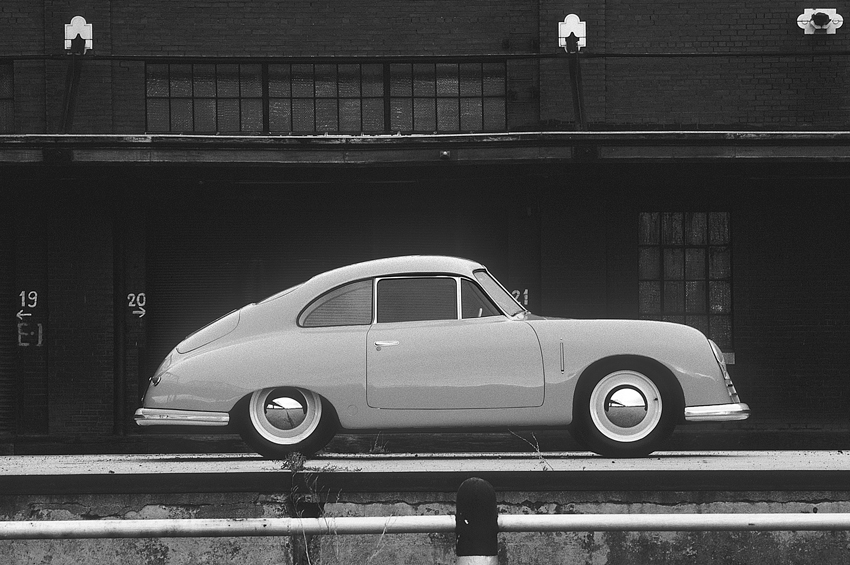
2. Spyder Wheels
From 1954 to 1956 Porsche’s production aluminum-bodied 550 Spyders were equipped with slotted 16×3.5-inch lightweight wheels. These wheels had a steel center and an aluminum rim. The 1956-1958 550A Spyders were originally fitted with the same wheels and could be fit with a steel/alloy wheel in 15×4, 15×4.5, or 15×5-inch sizes. 15×5.5 size lightweight wheels were available for racing.
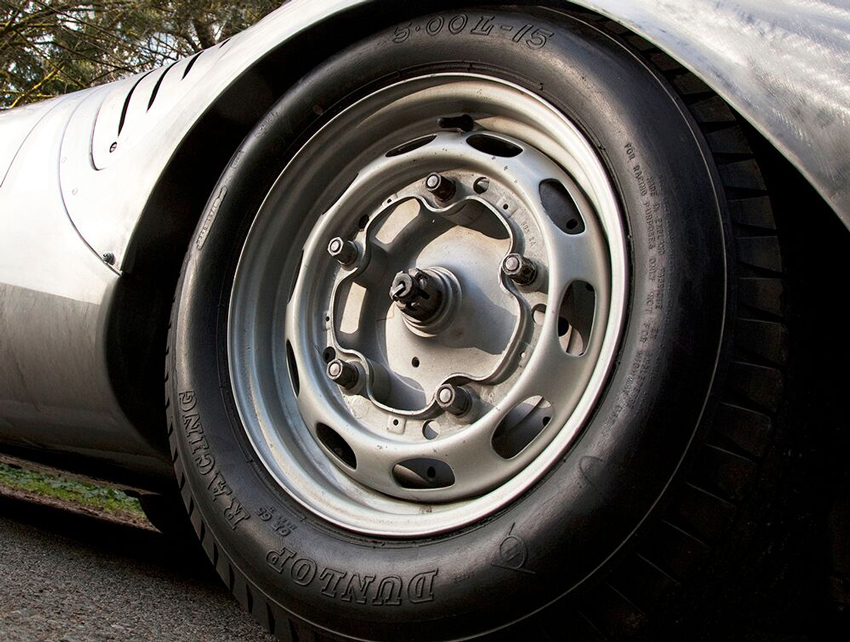
3. Rudge Knock Off Wheels
Porsche’s 356A and Speedster models could be optionally fitted with 15×4.5-inch all-steel Rudge ‘Knock Off’ wheels in a chrome finish. Rudge was an English company who patented their unique wheel design for several marques. The first version of the Knock Off wheel for Porsche fit the early 356 aluminum drum hub, and a later version fit the multi-finned drum hub. The second version had a reinforcing plate to prevent cracking between the rivets, which was very common on the earlier wheels. While the original Porsche Rudge 15×4.5 wheel with its spinner knob is very pretty and rare, it is much heavier than a stock 356 rim of the same size.
Rudge spinner knobs were designed with left and right threads marked ‘Auf’ for each side of the car, so they would tighten under acceleration. Originally, Rudge wheels came with a 2 kilogram copper hammer for removal. It’s now a rare find. Interestingly, the knob’s knock-off wings became illegal on German market cars due to pedestrian safety laws, so a hex nut and wrench were supplied instead. These are super rare and seldom seen. The elusive 16×3.5-inch Rudge steel center/alloy rim was built in very small quantities around 1953 for some Porsche racecars.
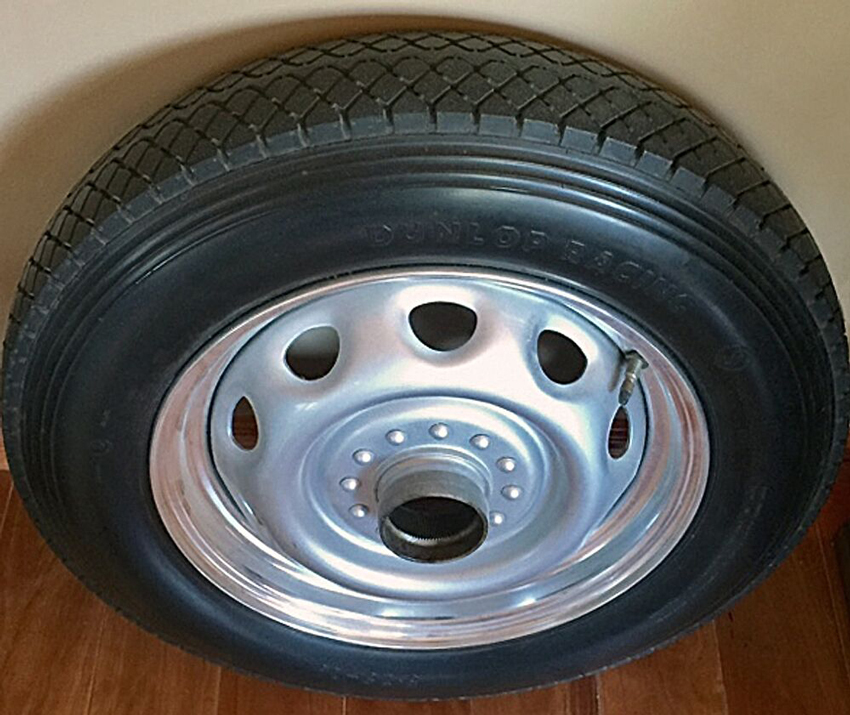
4. Carrera GT Wheels
The 1957 Carrera GT 356 coupe and Carrera GT Speedster used the 60mm wide front drum brakes from the Spyder. Consequently, these ‘GT’ wheels have 20mm more backspacing than a stock 356 wheel to accommodate the wider drums and provide the same front track width. The same offset was used on the rear wheels, but five threaded barrel type spacers were used so the rear track would match the front.
The lightweight GT wheels were initially 15×5-inches in size with a slotted alloy outer rim attached by 17 rivets to a steel center. These were replaced in 1959, the last year of the Carrera GT Speedster, with a stronger 19-rivet version. In 1962/1963 the 356B Carrera 2 GT was introduced and a wider 15×5.5-inch steel/alloy wheel was made available. Because these cars used Porsche’s new annular type disc brakes, they didn’t need the extra backspacing, and the wheel offset was reportedly changed back to that of the stock 356 road wheels. Aluminum moon hubcaps were delivered on some GT wheels.

5. 904 Wheels
The 1964/1965 Porsche 904 was introduced with slotted 15×5-inch steel/alloy wheels painted silver metallic. The 904s could also be ordered with 15×5.5 lightweight rims. Unlike the Carrera GT and GT2 steel/alloy wheels of the same size, 904 wheels had a smaller bolt circle to fit the later Porsche disc brakes. An optional 6-inch 904 racing rim for the rear is also listed in the 904 parts book dated March 1964.
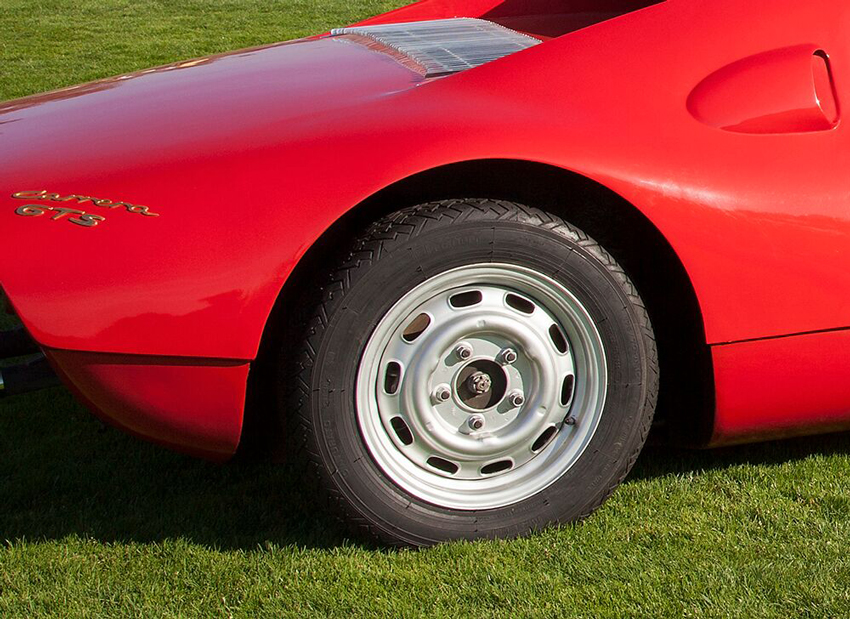
6. 1967 911S Wheels
For the 1967 model year, the 911S was fit standard with a 15×4.5-inch Fuchs ‘five-spoke’ all-alloy wheel. Designed by Porsche stylist/modeler Heinrich Klie, these Otto Fuchs forged rims were strong, lightweight, and provided good brake cooling thanks to their open design. Reportedly, three different evolutions of the 1967 alloy wheel exist, with the earliest version being the hardest to find. The 15-inch Fuchs wheel quickly became a popular option on all early 911s, growing to 15×5.5-inch in 1968, and 6 inches wide in a ‘deep dish’ style for the 1969 model year.
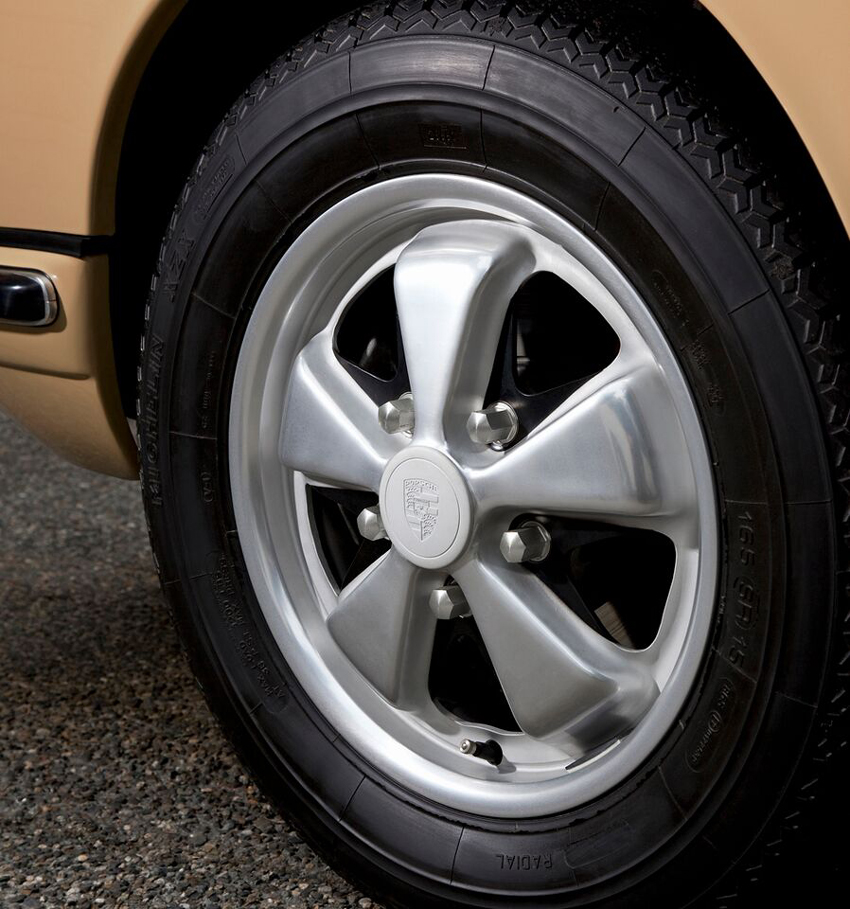
7. 911 R Wheels
The 6-inch wide ‘deep dish’ style 15-inch Fuchs were initially made to fit the front of the very limited production 1967 911R racecar. This early ‘6R’ rim is an extremely rare wheel, as it evolved into a slightly different version after August 1968. The later ‘deep dish’ 6-inch Fuchs are of two types, ‘without hearts’ and ‘with hearts’. This refers to the rim’s appearance near the valve stem hole. The 6-inch Fuchs of a ‘flat’ dish type were introduced after March 24, 1971.

For the rear of the 1967 911R, another alloy Fuchs wheel was manufactured that was similar in appearance to the deep dish 6R, but with a one-inch wider rim, all of which was added to the inside edge. It’s offset is 49mm vs. the later 15×7-inch Fuchs’ 23.3mm.
This early 15×7-inch Fuchs, which became known as the ‘911R’ or ‘7R’ wheel, was available from the factory for street-driven 911s until 1971 or so. It’s desirable today because it can be fit with wider modern tires under contemporary narrow-bodied 911s, provided certain conditions are met.
8. Mahle Magnesium Wheels
The 1969 15×5.5-inch Mahle ‘gas burner’ cast-magnesium wheels were the lightest rims used on the 911 and 914/6, weighing less than ten pounds each. Not many sets were made, so they are considered rare.
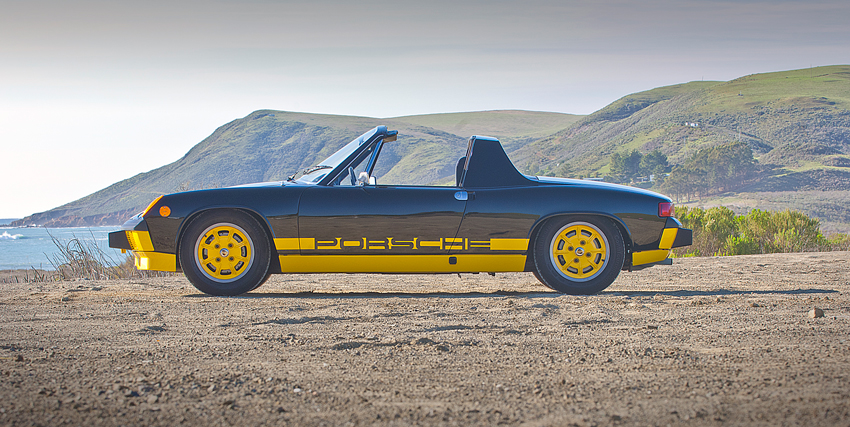
9. 911 RS Wheels
The 1972/1973 date-matching 15×6, 15×7, and 15×8-inch Fuchs are considered the most desirable for accurate restorations of the iconic Carrera RS. The ‘73RS 15×8 wheel is very rare, as it evolved after only six months of production.
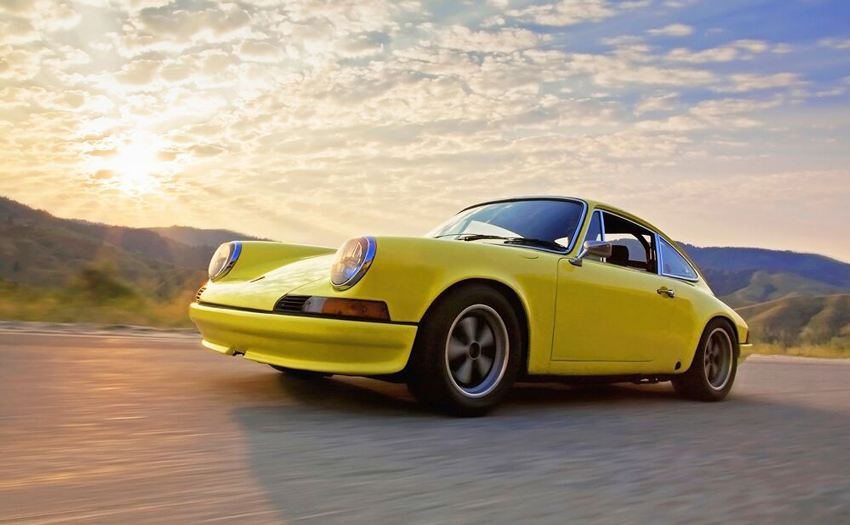
10. 911 RSR Wheels
Although the 1973 and 1974 911RSR were designated as racecars, their original Fuchs in sizes 15×9 and 15×11 are very sought after for today’s recreations. The 15×9 Fuchs was also fit to the rear of factory road cars, like the 1974 3.0 RS and the 1975 930. Note: There are two or more versions of some of the RS and RSR wheels. For example two different center cap holes exist, for early ‘73 three-prong and later ring-type caps.
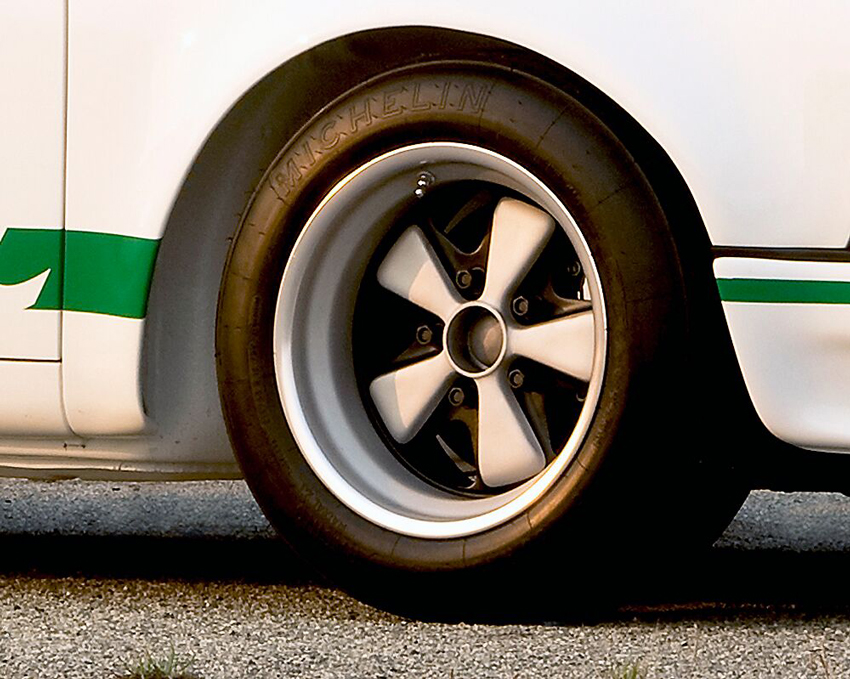
Conclusion
When you consider what it costs to restore a top-of-the-line Spyder, 356, or 911, sourcing wheels of the proper type and finish has become a necessary part of the rebuild process.
Values? It’s fair to say that whatever is written will be out of date in six months. And so far, those numbers are only going up. But how about the experience of owning a rare Porsche with the correct wheels? Well, that feeling doesn’t come with a value that you can put a number on.
DISCLAIMER
This article is not intended to be a reference. It was compiled as an overview primer, based on the best information available at the time. There are sure to be varying opinions about a subject so complex. It is therefore recommended, that before purchasing any wheels mentioned in this article, you consult with a Porsche expert as to their appropriateness, genuineness and originality. In many cases there is a stamp or forging/cast number (or ink stenciled number in the case of 7R wheels) on some part of the hub, but these can be reproduced. Caveat emptor.
Contributors: Warren Eades, Jim Perrin, Steve Terrien, Harvey Weidman, John Willhoit, and Greg Young. Special thanks to Mr. Perrin for his valuable assistance and contribution to this article.
Story and photos © 2015 Randy Wells. All Rights Reserved.



